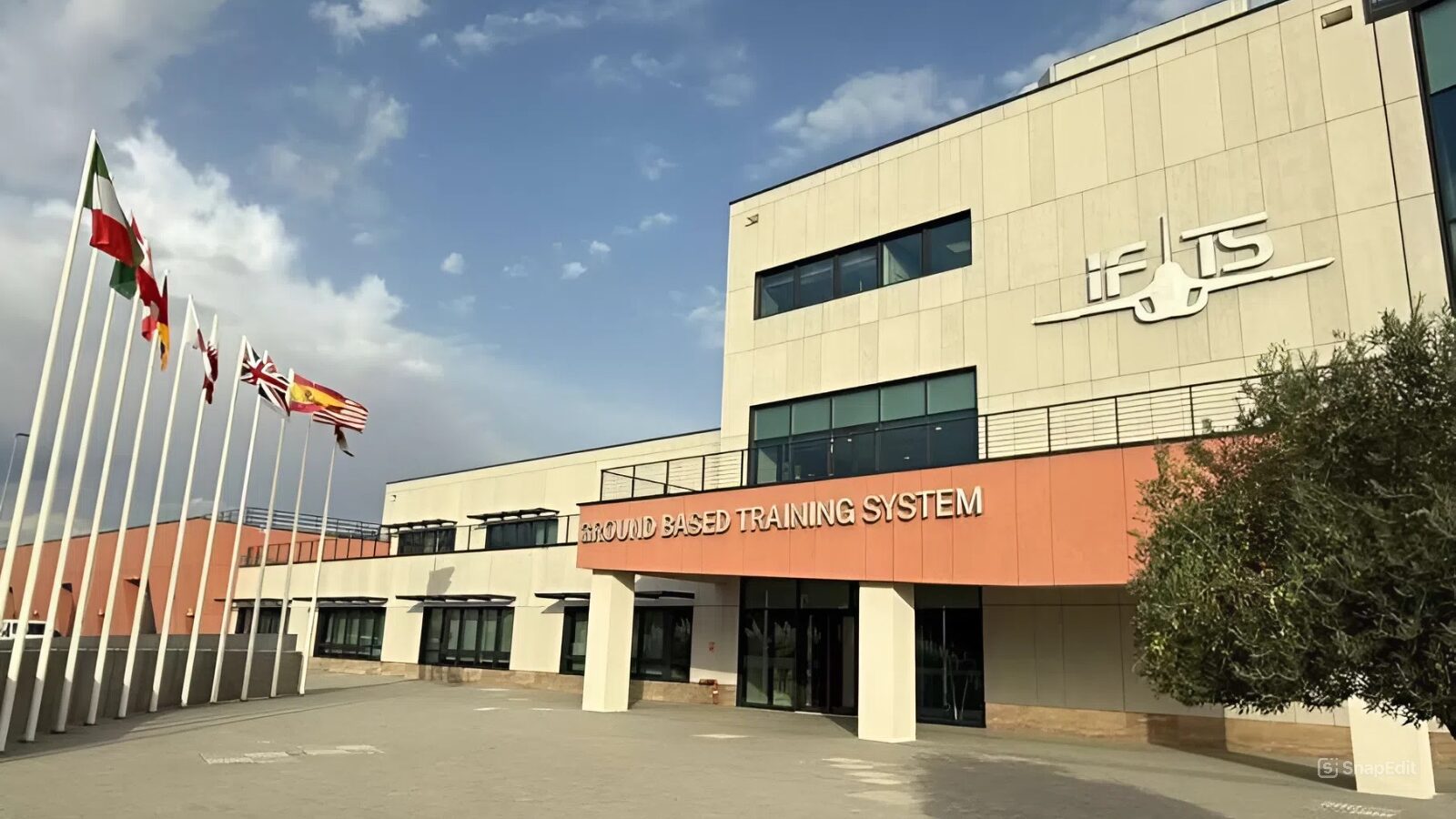World
Transforming Fighter Pilot Training for the Software Era

The International Flight Training School (IFTS) in Sardinia is redefining how fighter pilots are trained in an era dominated by advanced software capabilities. Traditional flight training methods have created a significant gap, leaving pilots equipped for basic flight operations but unprepared for the cognitive demands of operating modern aircraft like the F-35 Lightning II. This transformation addresses the urgent need for a new training paradigm that aligns with the evolving nature of aerial combat.
At its core, the challenge lies in adapting to fifth-generation aircraft, which rely on software updates for enhanced capabilities rather than hardware modifications. Pilots must now develop cognitive skills to process vast amounts of information and make rapid decisions in complex environments. In response, IFTS is implementing a systematic approach that prepares aviators for the unique demands of modern combat.
Innovative Training Ecosystem
During a recent visit to Decimomannu Airbase, IFTS showcased its advanced training methodologies. Utilizing the M-346 advanced trainer, which mirrors the architecture of contemporary combat aircraft, IFTS integrates operational concepts from frontline squadrons into its training programs. This allows students to experience advanced combat scenarios during their training phases, rather than waiting until they reach operational units.
The school employs a multi-layered training ecosystem consisting of four clusters that merge live, virtual, and constructive (LVC) systems. The first cluster offers unlimited practice using simulation-based trainers, enabling students to master essential systems and procedures without time constraints. The second cluster introduces augmented and virtual reality technologies to enhance cognitive skills and decision-making abilities.
In the third cluster, students engage in mission-level training where live aircraft, simulator-based pilots, and computer-generated forces interact in common scenarios. The final cluster integrates these experiences into real-world operations, allowing live aircraft to train against synthetic threats, enhancing the realism of the training while minimizing costs and environmental impact.
A Harmonized Training Pipeline
One of the most significant innovations at IFTS is the complete harmonization of Italy’s fighter pilot training pipeline. Since 2016, the Italian Air Force has been refining its training phases to eliminate redundancies and ensure a seamless flow of knowledge. This comprehensive review allows each training phase to build on the previous one, creating a cohesive learning experience.
A unique feedback mechanism has been established, where instructors from various training programs collaborate every six months. They evaluate procedures and adjust curricula based on real-world operational experience, ensuring that training remains relevant to current threats. This continuous feedback loop ensures that lessons learned during NATO missions are integrated back into the training system, significantly enhancing the effectiveness of pilot training.
As a result of these innovations, students graduating from Phase 4 training now require 30 percent less time in operational conversion units. Graduates arrive with a solid understanding of tactics and procedures, ready to learn only the specifics of their operational aircraft. This approach has led to Italian students consistently scoring at the top of their class in programs such as the F-35 training at Luke Air Force Base.
The collaborative aspect of IFTS training is also noteworthy. With twelve allied air forces participating, including the US Air Force, IFTS serves as a hub for building coalition relationships. Students not only gain technical skills but also develop a shared tactical language and personal connections with pilots from other nations. This cognitive alignment enhances interoperability, facilitating effective coalition operations in diverse environments.
As military forces worldwide grapple with integrating fifth-generation technologies, the IFTS model highlights several key principles. The importance of military ownership of training standards, the elimination of waste through harmonization, and the relevance of continuous operational feedback are critical in modern military training.
The International Flight Training School is not merely focused on teaching pilots to fly; it is shaping the next generation of aviators equipped for a future where software-driven capabilities and information dominance are paramount. This revolution in training is fundamentally about cultivating a new way of thinking, preparing pilots to navigate the complexities of modern air combat effectively.
-

 Business5 days ago
Business5 days agoRoyal Bank of Canada Upgrades Ovintiv to Outperform Rating
-

 Entertainment6 days ago
Entertainment6 days agoSylvester Stallone’s ‘Alarum’ Surges in Streaming Despite Poor Reviews
-

 Sports6 days ago
Sports6 days agoSaquon Barkley Reflects on James Franklin’s Dismissal from Penn State
-

 World6 days ago
World6 days agoHamas to Return Remains of Additional Hostage on Friday
-

 Health6 days ago
Health6 days agoFDA Announces First Nine Recipients of National Priority Vouchers
-

 Science6 days ago
Science6 days agoMIT Develops 3D Brain Models from Patient Cells for Custom Therapies
-

 Entertainment6 days ago
Entertainment6 days agoOlivia Nuzzi’s Memoir Set to Uncover RFK Jr.’s Controversial Texts
-

 Science3 days ago
Science3 days agoYale School of the Environment Launches Accelerated Master’s Programs
-

 World6 days ago
World6 days agoExposing the Reality Behind Guatemala’s Garment Industry
-

 Politics6 days ago
Politics6 days agoLB Pharmaceuticals Quiet Period Ends October 21, Analysts Weigh In
-

 Lifestyle4 days ago
Lifestyle4 days agoHistorian Seeks Help to Uncover Cherry Street’s Past
-

 Lifestyle6 days ago
Lifestyle6 days agoSouth Los Angeles Intersection Renamed to Honor Activist Danny Bakewell Sr.








